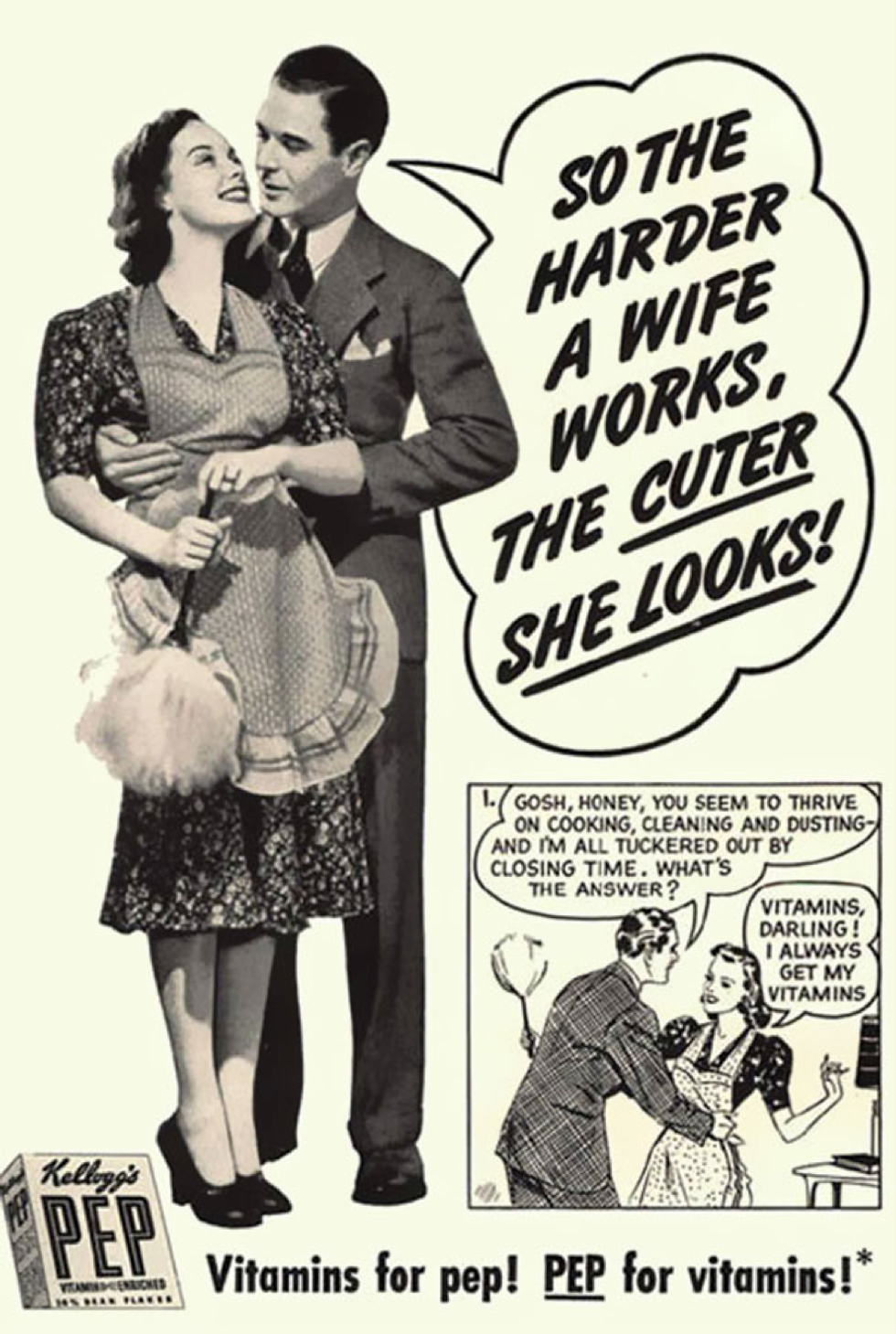It was in the midst of my junior year at Penn State that I decided to take an LGBT studies class to deepen and broaden my understanding of the community of which I was already a staunch ally. While this class did have its desired effect on my understanding of LGBT issues and history, it was also the first time I truly gave masculinity and femininity a deep look. My eyes were cast wide open and I could finally see how antiquated and oppressive traditional societal views of gender really are. With progress comes opposition, and in the case of a perceived assault on masculinity from feminists and the like this opposition manifests itself in some pretty strange ways.
As society becomes more and more postmodern in its thinking, traditional societal constructs become the target of scrutiny. Amplified by the surge in social media these sorts of challenges are easily spread and talked about. Walking down the aisles of a supermarket it didn’t occur me before just how prevalent this obsession with masculinity is. From shampoos and soaps marketed as being “for men” to Skinny Cow’s short-lived wood-laden packaging made just “for him” to avoid the shame of being caught taking ice cream bars from their female companions, it seems masculinity is on the defensive.
Questioning the way things are is the first step to understanding the factors at play beneath the surface. However in this case, the cause is harder to determine. Perhaps in light of the progress gay marriage has made there is a growing need for cisgendered heterosexual males to be extra assertive in their manly ways. By bringing gay culture to the forefront and making it a normal part of everyday life, there seems to be a regressive backlash to rise and meet it head on. Since the closet is thinning out there is less opportunity to passively ignore the existence of gay people. Because of this a more active approach to asserting masculinity must be made. God forbid anyone ever be unsure of just how manly someone is just because their Chap Stick isn’t emblazoned with camouflage.
Another possible contributor could be changing roles in the household. One example would be the rise of stay at home fathers (Link 3). Any shift in gender roles seems to be a threat to someone who is overly concerned with perceptions of their masculinity. Taking care of the kids and tidying the house are “supposed” to be jobs occupied by the woman in the relationship. With these sorts of arrangements becoming more and more mainstream, the swift deterioration of clean gender roles can very easily be perceived as a threat.
These quick thoughts on masculinity aren’t meant to be a deep dive into all of the things that are contributing to this strange rise in the affirmation of traditional manly traits. There are very real and far more serious issues with how men are “expected” to act and carry themselves. Let’s not forget the very real disparity between rates of depression among men and women. As it turns out, it isn’t a result of women simply being depressed more. Rather, because of men being conditioned to not be as expressive with their feelings, they are less inclined (Link 4) to report their mental illness, seek help, or even express how they’re really feeling. Given the connection between many forms of depression and suicide, this obsession with perceived masculinity could literally be costing lives.
As a parent I will never balk at my son playing with Barbies or chastise my daughter for getting muddy or playing with cars. Gender stereotypes are our own creations and we have the ability to render them irrelevant. There are plenty of societal pressures to contend with without us having to worry about how we’re perceived as a result of our biology. I will go proudly forward being deeply moved by things of beauty while at the same time seeking opportunities to muddy up my SUV. The more we can simply be our natural selves the better off we will be. Masculinity is changing and evolving no matter how many tubes of bacon flavored toothpaste you purchase.

















